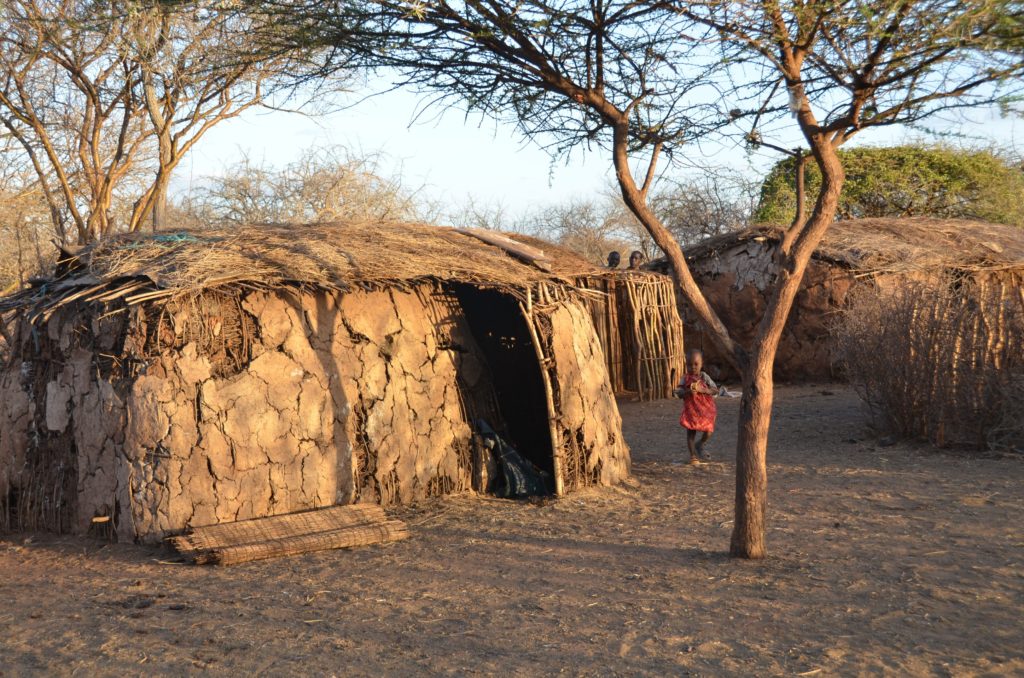
Image sourced from Pinterest
Looking at most of the cultural photos shared of Kenya, you will be surprised to know that majority of the people photographed are Samburu –and not Maasai as some may think.
For the Samburu though, life wasn’t so much been about the beautiful ornaments they wore, but more about ensuring their cattle – their source of livelihood – were healthy. Thus they had to constantly relocate to be certain the cattle had sufficient food. Every few weeks the community moved location in search of Fora – fresh grazing ground.
Upon finding an ideal settlement area, boma construction began.
Samburu homesteads were naturally governed by their environment and mode of life. Similar to modern-day houses, Samburu homes took on a rectangular shape, about 2.5 metres wide plastered with mud and wattle. As the hut was the centre of domestic activities such as food preparation and storage. Most huts, specifically for those married, were partitioned into cooking areas and sleeping areas.
Most Samburu bomas had six to seven huts that housed four independent families. This was one of the smaller homesteads. Larger ones housed up to fifteen families. For the latter, there were economic disadvantages: because of the large number of cattle, grazing ground was quickly exhausted meaning the families had to move again within a short span.
All Samburu homesteads and cattle were protected by the Moran.
What more can you add to this story about the Samburu?
#BomaZetu





